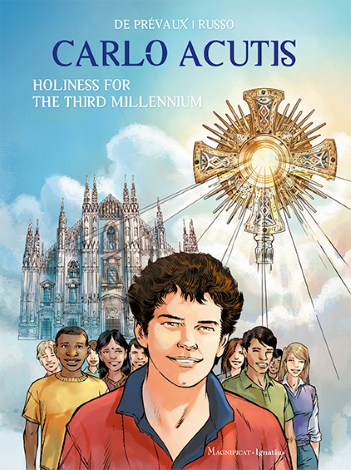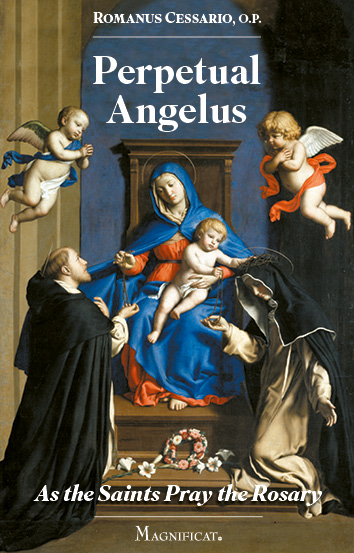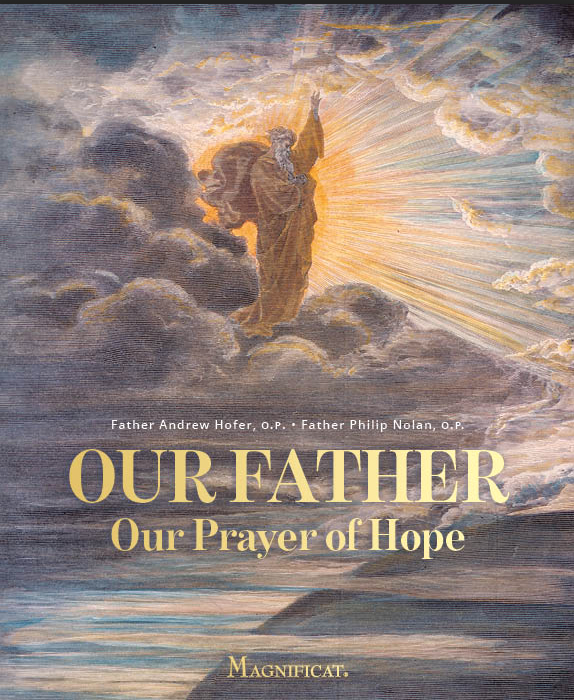Et homo factus est—“…and he was made man.” These words form the center of the Nicene Creed professing the dogma of the Incarnation, the fact that the Second Person of the Blessed Trinity took human form and dwelt among us. Yet how this belief can be properly expressed in art has been a challenge and a problem for artists throughout the ages. Was Jesus short or tall, muscular or frail, fat or thin, light or dark? These are but some of the questions confronting an image-maker who can find few if any clues in Scripture or in history. First of all, one must remember that Jesus was born, lived, and died in Palestine, where Jewish orthodoxy forbade the picturing of living beings for fear that it might lead to idolatry. The first generation of Christians included a vast number of disciples of Jewish origin who would not be motivated to make a record of what Jesus looked like.
Idealized conceptions
Some of the oldest representations of Jesus in the west are found in the catacombs (2nd and 3rd centuries). Far from being historically precise, however, they are imaginative creations incorporating idealized characteristics. The idealized male image in the Roman empire was drawn from mythology and exemplified in the figures of Apollo and Orpheus. Both were depicted as youthful, athletic, handsome, and clean-shaven. Non-Jewish Christians were not above borrowing these visual characteristics and using them in their catacomb art to represent the Son of God. Thus Christ can even be seen in some early Christian depictions playing the harp of Orpheus or driving the chariot of Apollo!
Early sources
Two early non-Christian literary sources referring to Jesus are interesting despite the fact that the passages mentioning Christ are thought to be inauthentic. One was written by the Jewish historian Josephus (born AD 37) who recorded that Jesus was “wise,” and a “doer of wonderful works.” The other is the so-called Letter of Lentulus, a supposed predecessor to Pontius Pilate who reported to the Emperor that Jesus was not only a wonder-worker but that his disciples called him “Son of God.” Lentulus goes on to describe Christ physically as being moderately tall, good looking, with brown hair parted down the middle “after the manner of the Nazarenes.” He goes on to say that he was bearded, that he had gray-blue eyes, that he was joyful but grave, and that he was known to weep but never to laugh. Even though the Letter of Lentulus is held by most modern scholars to be a Christian forgery, it was highly esteemed during the Renaissance and no doubt contributed to the stereotypical image we have of Jesus today.
Scriptural clues
From the beginning, theorists have tried to draw from Scripture some clue to Christ’s appearance. Psalm 45:2 says: “you are fairer than the children of men, and grace is poured upon your lips.” Yet, not everyone in the early Church thought that Christ was physically attractive. Justin Martyr (2nd century) claimed that Jesus was “ugly,” and Clement of Alexandria declared the Lord to be “homely” and “inferior to men.” This may be due to a literal interpretation of the Messianic passage in Isaiah (53:2) which says, “he has no form nor comeliness, and when we shall see him, there is no beauty that we shall desire him.” If this passage does point to Jesus, then another question immediately arises: does it refer to Christ before or after his beating by Roman soldiers during the Passion? In the twentieth century, Upton Sinclair went so far as to declare that Jesus must have been a hunchback suffering from kyphosis! He pointed to the passage found in Luke (4:22-24) wherein Jesus applies to himself the proverb “Physician, heal thyself.” This deformity, declared Sinclair, would have made the afflicted one “develop his mental powers, and so win the respect of his fellows in spite of an unattractive aspect.”
The evidence of the Shroud
The Shroud of Turin, for many believers the most perfect evidence of Christ’s image and one that has seemingly influenced his facial depiction in early icons and mosaics, has, nevertheless, also given rise to the theory that Jesus was crippled. Looking at the shroud, the imprint of the right leg seems shorter than the left. For centuries the Orthodox Church has configured its crucifixes with a slanted foot rest or suppedaneum which may have been the result of early Church Fathers looking at the shroud and coming to the conclusion that Jesus was deformed. On the other hand, if Jesus’ feet were placed one over the other and secured with only one nail, the image on the shroud would testify to rigor mortis and one leg being bent in death. In fact, scholars studying the shroud claim that Christ’s whole body was stiffened and bent in death, making an earlier estimation of his 5’4” size stretch to slightly over 6 feet!
Identity and imagination
It is apparent that one can picture Jesus in various ways depending on what Scriptural quote, historical allusion, apocryphal story, or scientific theory is used as the basis of the portrayal. Yet in the midst of all this diversity, there are certain strains of conformity. One can find commonalties, for instance, uniting aspects gleaned from the Shroud of Turin, the Letter of Lentulus, and the revelations of mystics like St. Bridget of Sweden and Bl. Anne Catherine Emmerich. While Jesus is portrayed in various ways, an archetypal image has emerged in art that makes him readily identifiable, whether it be in a painting, a stained glass window, or a film, the shadow of the divine personage whom they can only hope to capture through their imagination.
©Magnificat Christmas 2000









